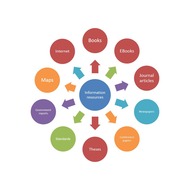Internet Searches: How to Find and Select Authentic Sources
(View Complete Item Description)Whether information is needed for study or daily life, the Internet has developed into an essential source of knowledge. Collecting information from the Internet may seem simple, however, at times one may get an overwhelmingly large number of results for simple queries, some of which may not be relevant or reliable. This lesson teaches learners a step-wise approach to defining keywords, using search parameters to refine a search, and evaluating the appropriateness of sources. It prepares learners to conduct Internet searches effectively, and collect relevant information in the least amount of time.
Material Type: Lesson




















